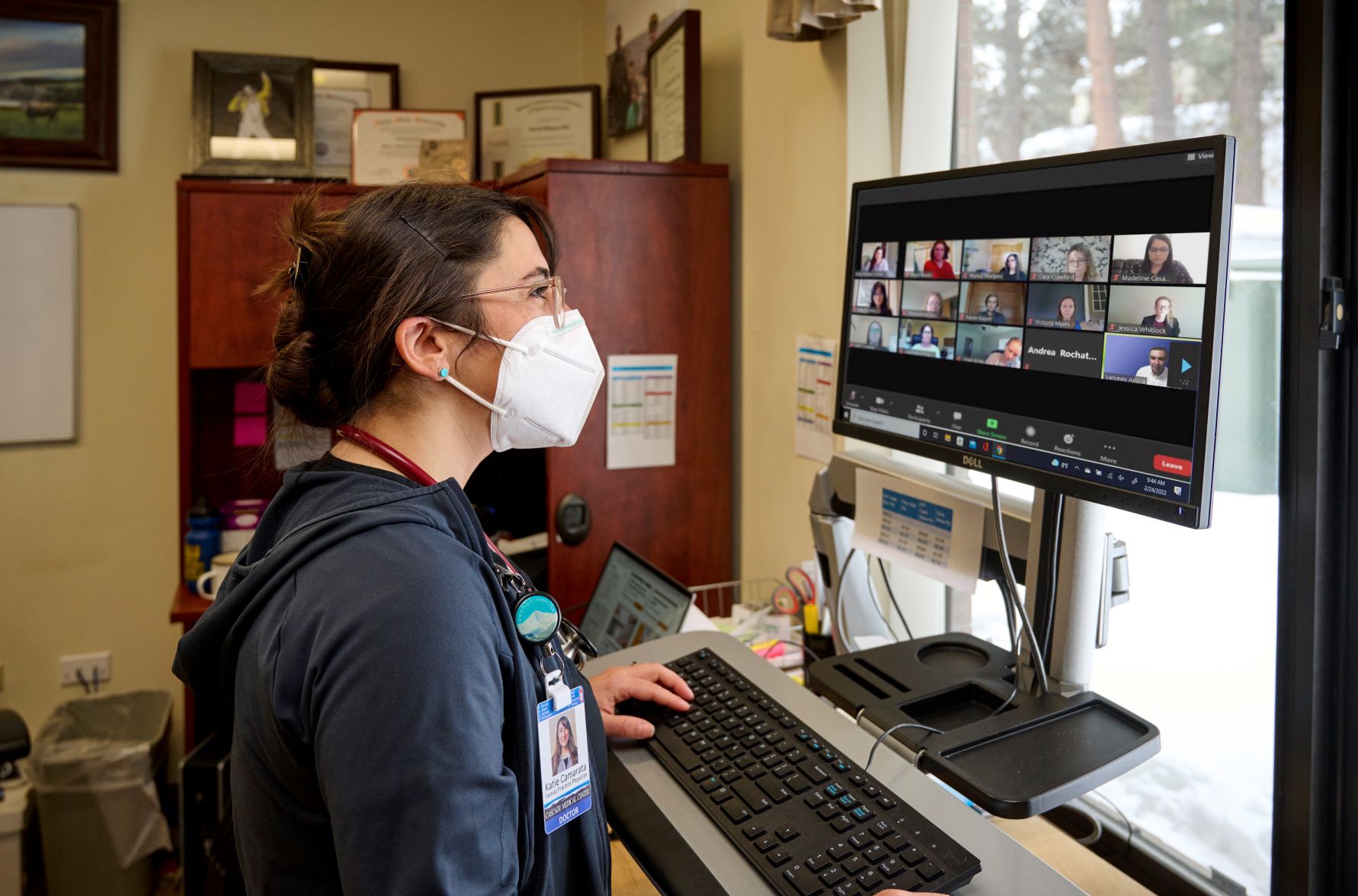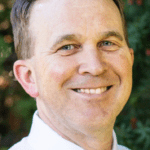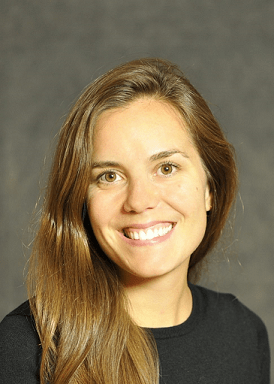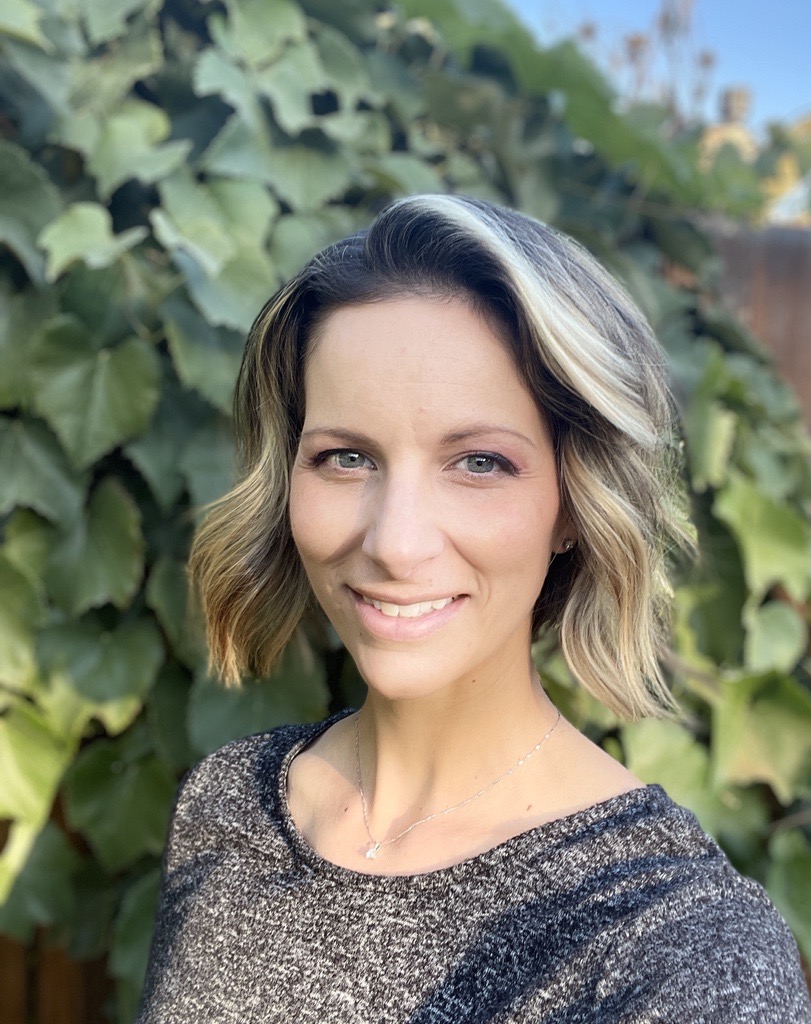The ECHO Idaho virtual program has been well attended

Idaho has a severe healthcare worker shortage. The state ranks at or near the bottom of the most important statistics – primary care providers, specialists, mental health providers, and nurses.
There are many factors that contribute to this crisis. One is healthcare worker burnout, high stress in the job that causes many healthcare workforce professionals to leave the profession or retire. A 2023 Agency for Healthcare Research and Quality report showed that 38 percent of physicians in the U.S. reported experiencing burnout in 2020. The concern is most acute for women and those younger than age 55.

“We can’t afford to lose a single doctor to burnout or slowing their career down,” said Steve Reames, the director of the Ada County Medical Society, an organization of more than 2,900 medical licensees and students. “If we can do anything to stem the tide of people leaving the state, stopping the flow of people out of clinical practice, retiring early, or transitioning only to administrative medicine, we have to do it.”
The ECHO Idaho Healthcare Vitality Series is an approach to combat burnout among Idaho’s healthcare workers. Project ECHO is a national program that provides training and mentorship designed to create strong health systems. In Idaho, the program is run by the University of Idaho. It offers continuing education credits and support to healthcare workers on a variety of topics via webinars. The Blue Cross of Idaho Foundation for Health funded the Healthcare Vitality Series because of the importance of retaining and bolstering Idaho’s healthcare workforce.
Like all ECHO programs, Healthcare Vitality is a free series for participants. It launched in April 2024 and has monthly sessions on a variety of topics hosted by a panel of experts. According to ECHO Idaho staff, the series has been the most attended of any ECHO series. More than 100 healthcare workers, including counselors, healthcare administrators, physicians, nurse practitioners and psychologists attended the first six Healthcare Vitality sessions.
“It shows that this is a serious topic in our healthcare system,” said Megan Wolf, a manager of Case Management and Social Services at St. Luke’s Healthcare System, an attendee of the Healthcare Vitality series.
“Anybody who’s saying that they have not experienced or have not known somebody who has experienced burnout is not telling the truth,” said Dr. Tessa Reinke, Primary Care Medical Director at Bonner General Health in Sandpoint. “Stress is a huge problem in this field. Healthcare Vitality is an important topic and having access to thought leaders in the field in Idaho who are talking about it is incredibly helpful.”
WHAT CAUSES BURNOUT?
Although exact figures aren’t known, physician burnout researchers frequently cite that 80% of clinician distress is caused by environmental factors, compared to just 20% owing to individual issues such as work-life balance.

“A lot of physicians say they love practicing medicine but hate practicing healthcare,” Reames said. “They are different things. They get a charge out of direct patient care, trying to find medical solutions; but doing paperwork, clicking check boxes? This is the stuff that makes doctors crazy. Administrative burdens, including insurance prior authorization and electronic medical records charting, are at the top of what drives distress for them.”
Reinke, a family medicine doctor, said that health systems can address worker burnout through systemic changes and need to make it a priority to help prevent the healthcare workforce from potentially collapsing.
“How can we support these people doing this really hard thing day in and day out and enable them able to do it for 30 years?” she said. “We have a huge deficit of primary care physicians in this country. How do we make it easier for them to do their job? That’s what the Healthcare Vitality series is really asking – how can systems help healthcare providers to provide excellent care every day without losing their compassion, without becoming cynical and without adding things to their work-life that make it harder for them to get home to their family, to recharge, to sleep at night, and not have to do charts at 2 a.m.”
The Healthcare Vitality series focuses on the environmental factors, which include the workplace. Topics address workplace culture, leadership, best practices, and more.
“We’ve spent a lot of time in this series focusing not on individuals with burnout but focusing on the system and environmental drivers that create burnout and create workplace distress,” said Reames, who is one of the panelists in the series. “I’d like to see more hospital administrators on these calls. My biggest hope is that we start a conversation statewide about the importance of this.”
Reinke agreed.
“We have to shift the narrative and think about how an institution can increase wellness and decrease burnout in its providers and the rest of the staff,” she said. “I strongly believe that an organization is only as healthy as its people. If you don’t have a team that cares and trusts each other and feels confident having a conversation that has some gravity to it, then you really can’t have a healthy institution.”
A BIGGER ISSUE
One result of healthcare worker burnout is it makes it more difficult for Idahoans to get a doctor’s appointment. Wolf said she and her team of case managers and nurses see this daily. She sees the benefit of building professional relationships through participation in ECHO as one of the series’ greatest benefits because fostering a sense of community among healthcare workers is an effective measure to support the state’s healthcare system.

“We’re seeing barriers to getting people access to healthcare,” Wolf said. “These ECHO programs remind providers what we’re doing and why we’re doing it. Having connections across different health systems is important because we are all accountable and need to work together to provide care for our communities.”
Wolf and Reinke say they share the lessons they’ve learned from the ECHO Idaho series with their respective teams. They would love to see more healthcare workers and administrators participate in the ECHO sessions, which are typically an hour long and take place over lunch.
“They’ve made it very easy – you log in and sign up,” Wolf said. “You get the slides, talk to real professionals. I think probably not enough people know about it. I wish they could get the word out because everything that ECHO does is really beneficial.”
Visit the ECHO Idaho website to learn more about the Healthcare Vitality series and other programs.
